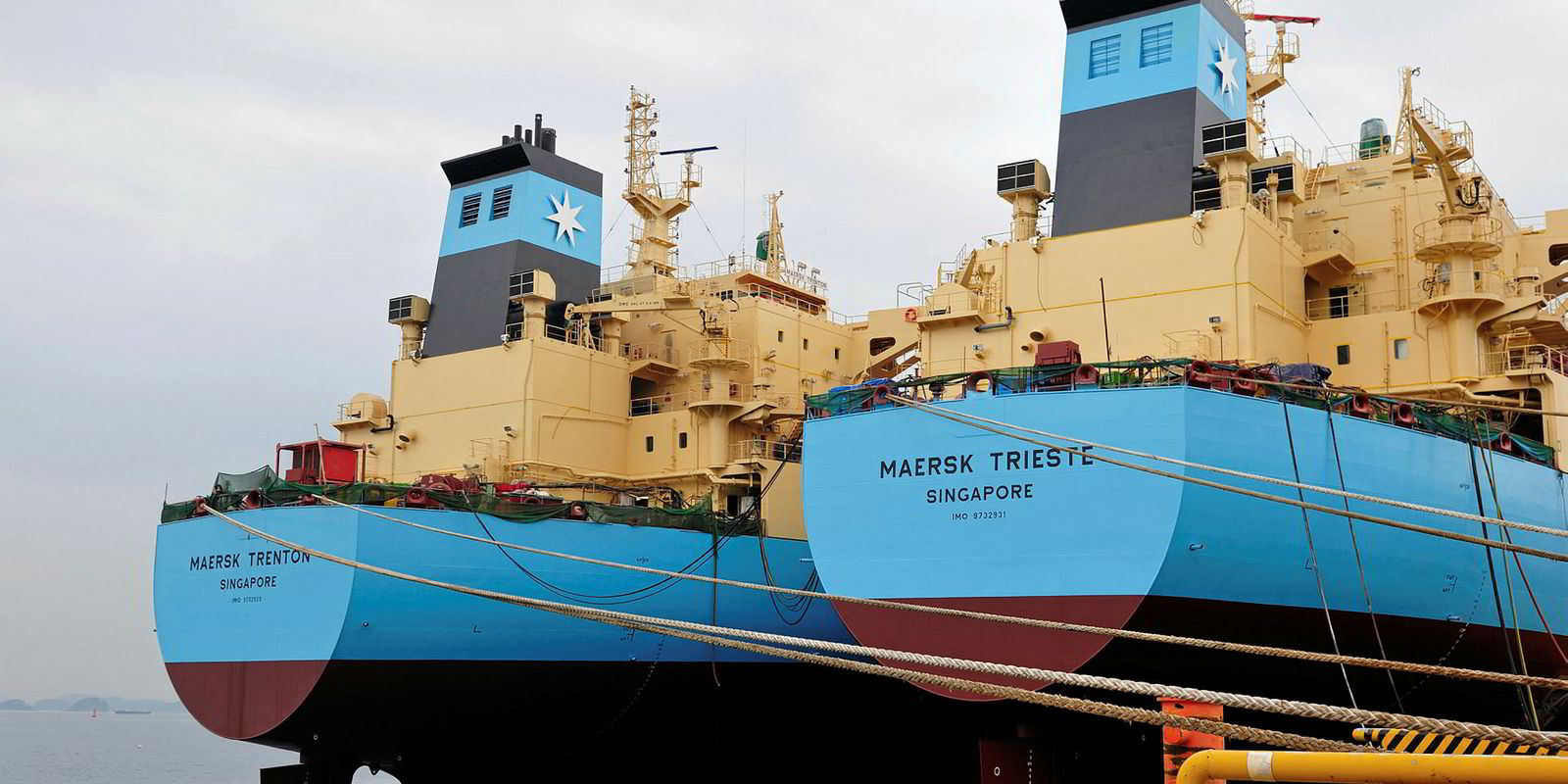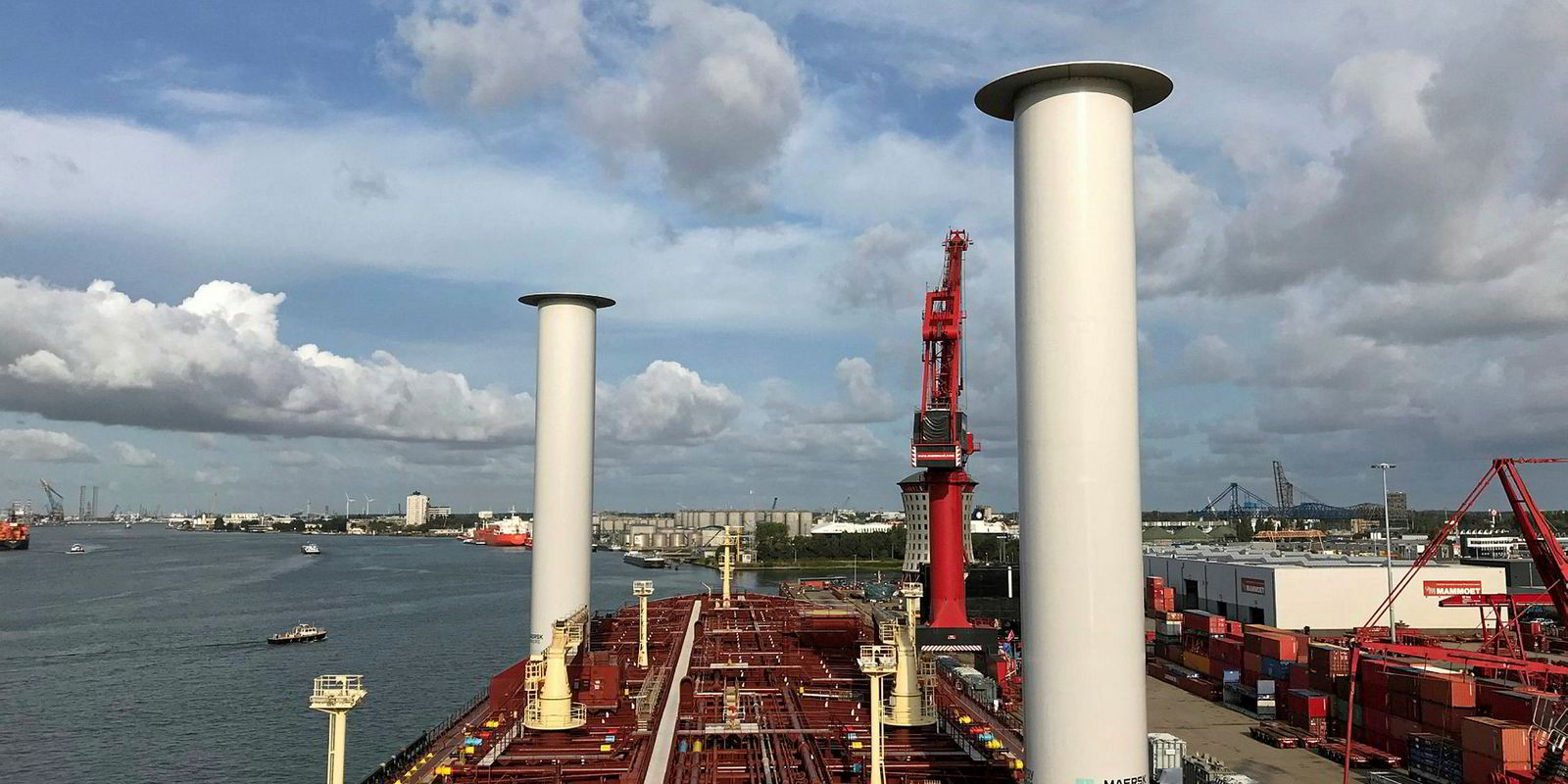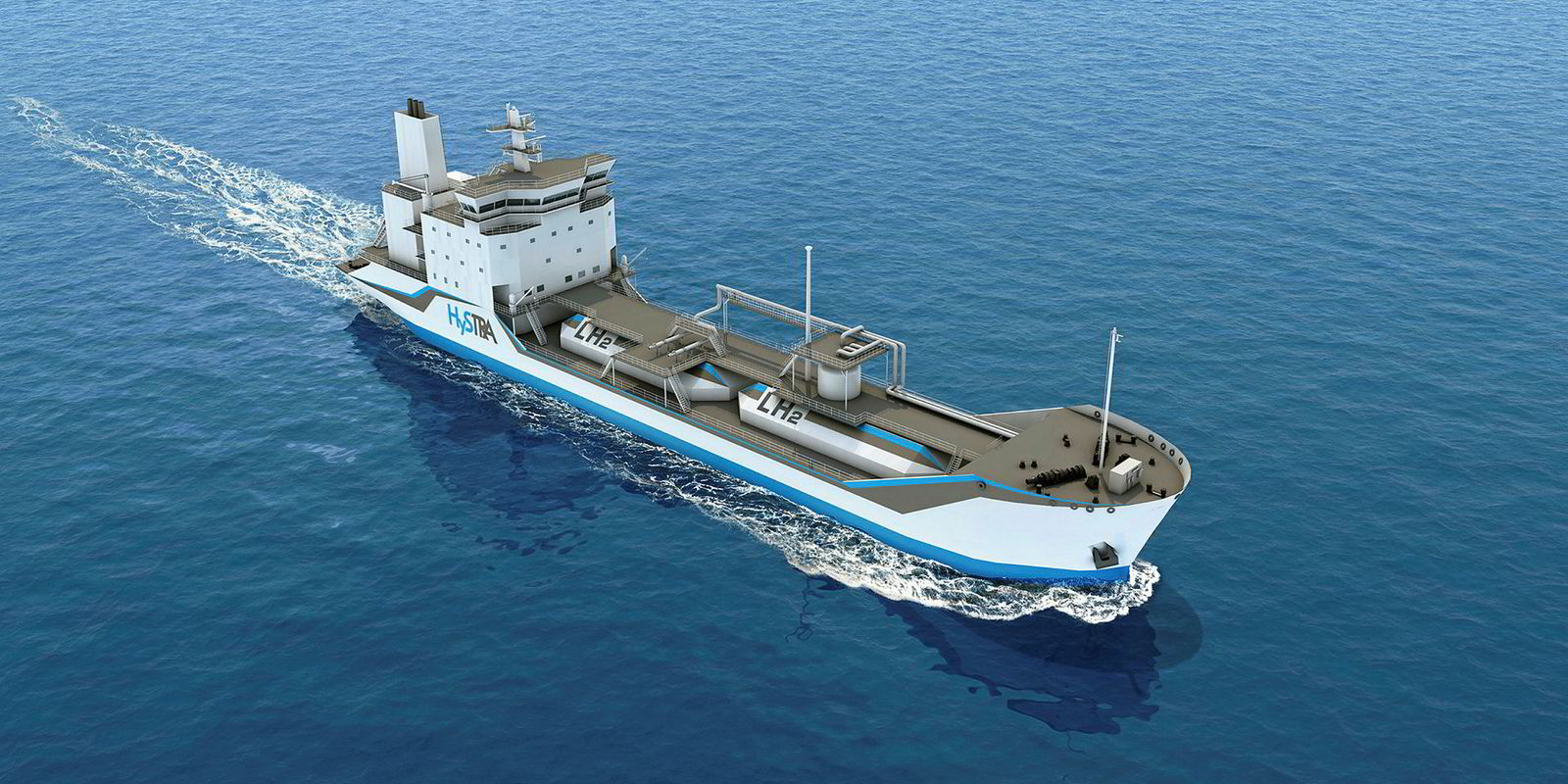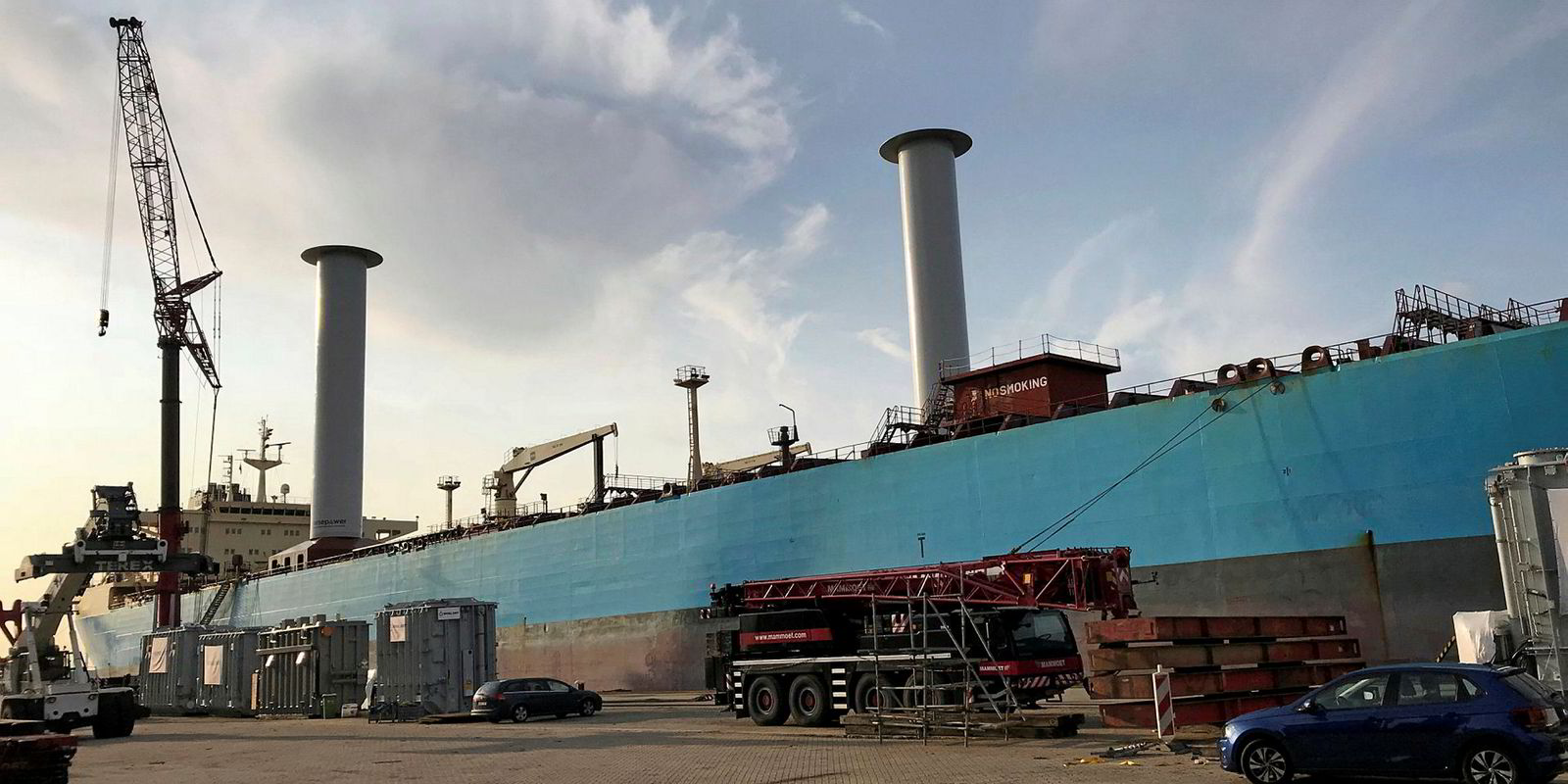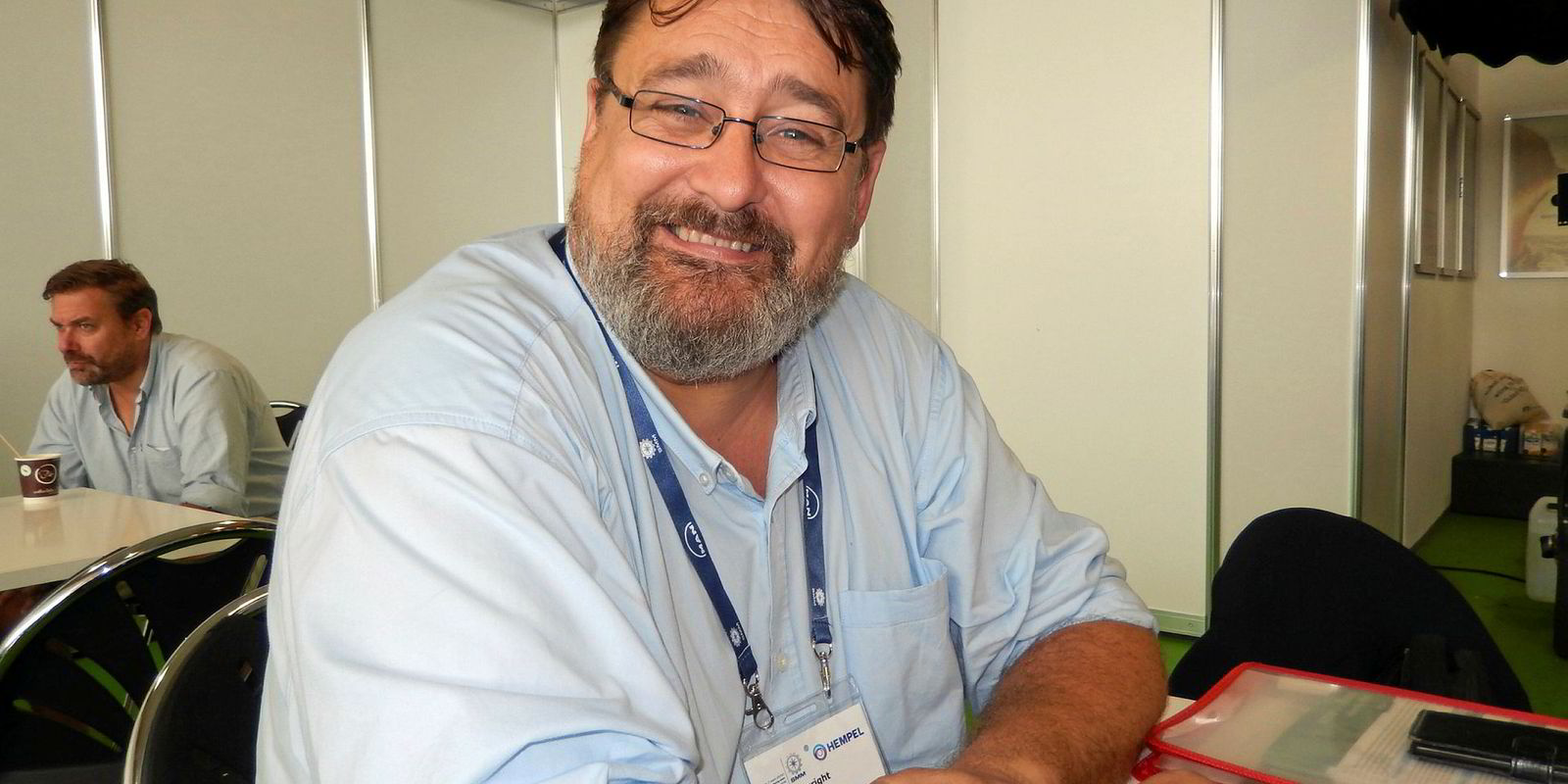The ultimate future fuel may mean going back to the past to take advantage of carbon-free wind energy.
The shipping industry has been sceptical about modern sail concepts, but there is a proven technology — first developed in the 1920s — that has shown demonstrable fuel savings in real-life tests on commercially operating ships in the past few years.
Finnish company Norsepower has fitted Flettner rotors, which it calls rotor sails, on three vessels — the 9,700-dwt Bore ro-ro Estraden (built 1999), the dual- fuel, 57,565-gt cruise ferry Viking Grace (built 2013) and the 109,647-dwt LR2 product tanker Maersk Pelican (built 2008).
Tests, which have generally shown independently rated fuel savings in the range of 6% to 10%, have involved stepping up from fitting two 18-metre-tall and three-metre-diameter rotors on the Estraden, to 24-metre-by-four-metre units on the Viking Grace and now the largest — 30-metre-by-five-metre rotors on the Maersk Pelican this year. They are unlikely to grow taller, for air draught reasons.
Results from the latest two installations are preliminary and need more time for full evaluation, but Norsepower chief executive Tuomas Riski says that, after a few initial hiccups on the ferry, positive vibes are emerging and “we have evidence the technology is working”.
The rotor sails provide auxiliary wind propulsion.
Riski says: “The theoretical upper limit for fuel savings in typical wind conditions is around 30%, but that would require quite a high number of rotor sails and would not be practical.”

The relatively clear decks on tankers make them the best candidates for installation, and a realistic upper limit to fuel savings is about 20%.
That would mean fitting up to eight 30-metre units on a VLCC.
Rotors are reasonably easy to fit to bulkers and ferries, although provision needs to be made for cranes, and sometimes equipment may have to be moved. It is most difficult to put them on boxships. However, Riski says developments towards autonomous vessel operation may clear the way if accommodation and bridge blocks are no longer so large.
Designing into newbuilds is easier than converting existing vessels, but Riski says the ballpark cost of a two-rotor retrofit is typically €1m to €2m ($1.14m to $2.27m). The company is also looking to provide finance leasing, which in effect means renting the equipment on a service deal that would make the cost outlay much more feasible for smaller ship operators.
Riski says these deals will be around €200,000 per year for a two-rotor installation, making the “yearly service fee less than the fuel savings”.
Norsepower was set up in 2012 with backing from Finnish venture capital investors and government funds. It has also received European Union funding and recently secured €3.6m in an equity financing round involving new and existing investors.
Other wind power concepts are in development, but Riski says Norsepower is ready for the competition.
“I like the fact that other concepts are coming to the market,” he says. “That is positive for the industry. But it’s a long journey to go from a concept idea to an industrial working installation. It takes time and it takes effort.”

